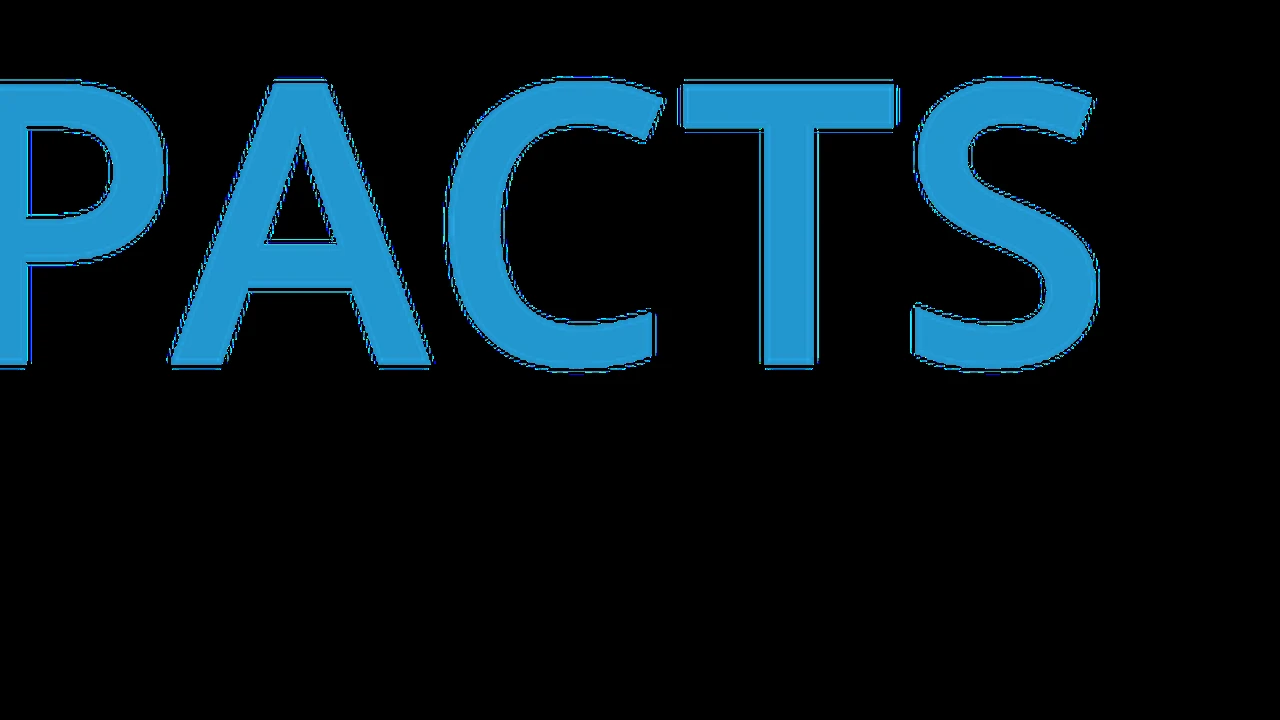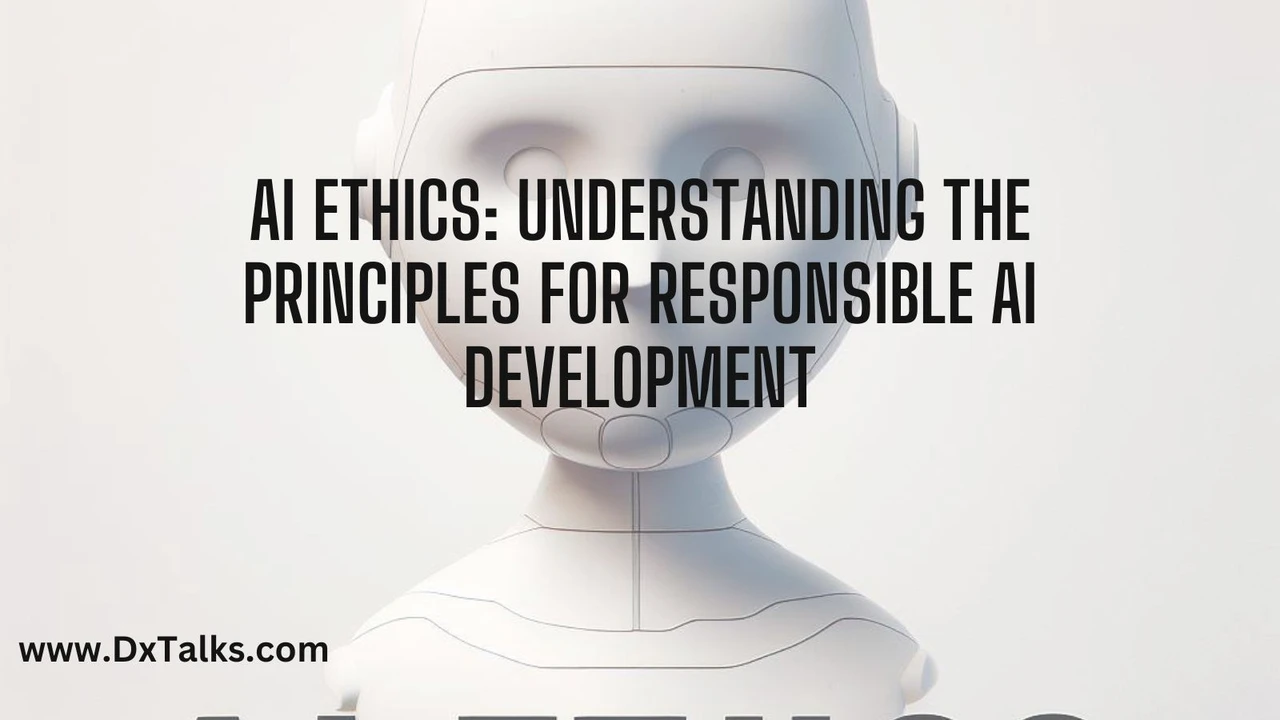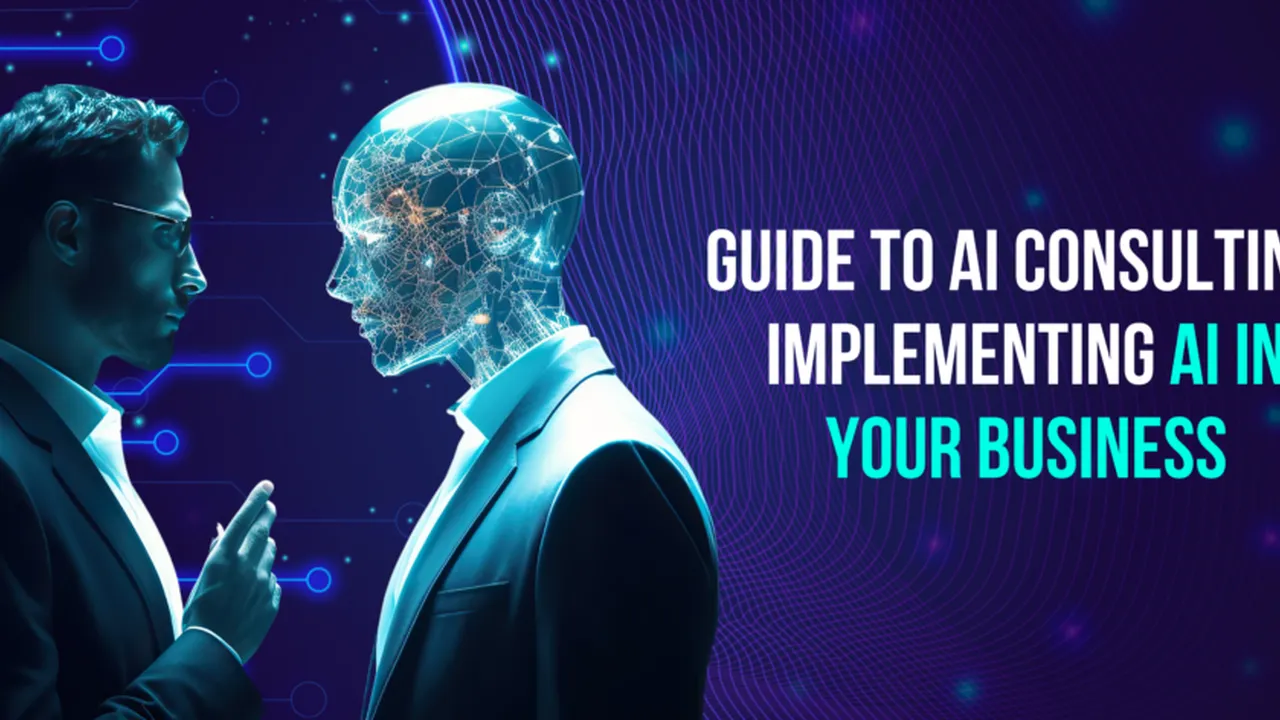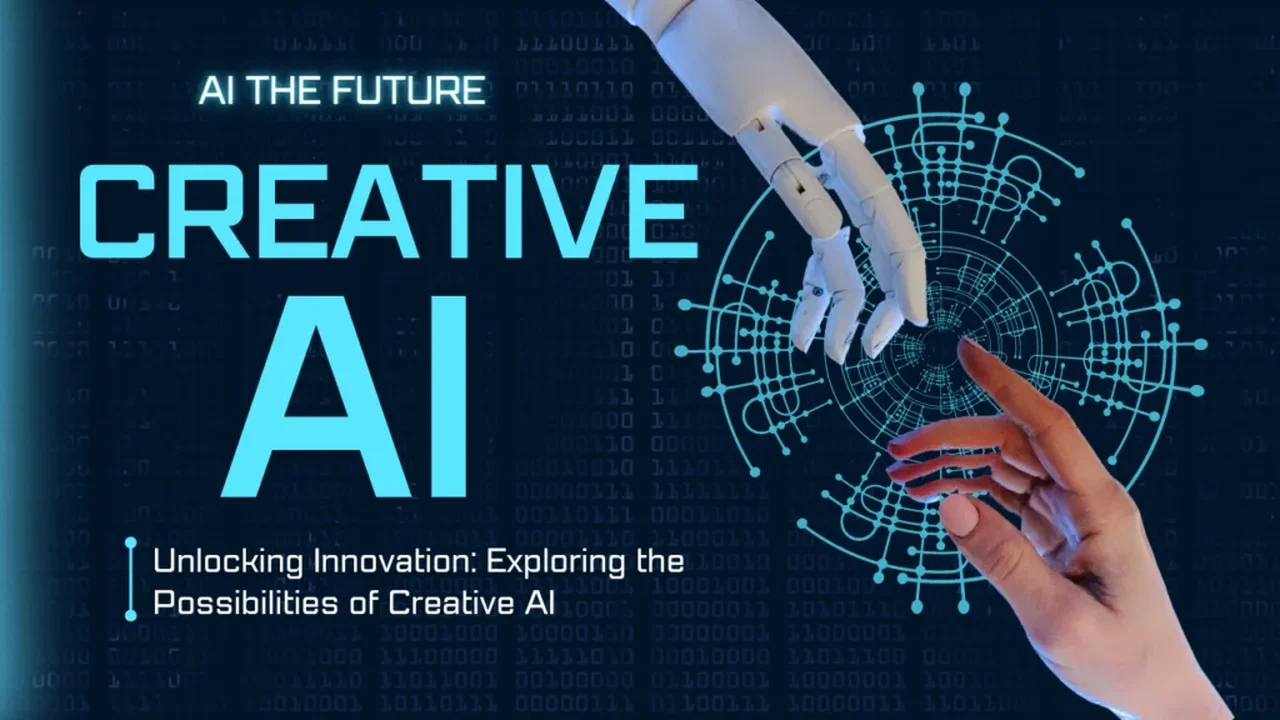AI and the Future of Work Impact on Creative Industries
Analyze how artificial intelligence is reshaping job roles and opportunities in creative fields.

Analyze how artificial intelligence is reshaping job roles and opportunities in creative fields.
AI and the Future of Work Impact on Creative Industries
Hey everyone, let's talk about something that's on a lot of minds these days: how AI is shaking things up in the creative world. It's not just about robots taking over factory jobs anymore; AI is now writing articles, designing logos, composing music, and even generating entire videos. This shift is creating a mix of excitement and anxiety. Are creative jobs safe? Will AI replace human artists, writers, and designers? Or will it simply become a powerful new tool in our creative arsenal?
The truth is, it's a bit of both. AI isn't just a passing fad; it's a transformative technology that's already redefining how creative work gets done. Understanding its impact is crucial for anyone in these fields, whether you're a seasoned professional or just starting out. We're going to dive deep into how AI is changing job roles, creating new opportunities, and what you can do to stay ahead of the curve.
The Shifting Landscape AI in Content Creation
Let's start with content creation, because that's where many of us are seeing AI's immediate effects. From blog posts to marketing copy, AI writing tools are becoming incredibly sophisticated. They can generate text in various styles, summarize long documents, and even brainstorm ideas. This doesn't mean human writers are obsolete, but their roles are evolving.
Instead of spending hours on first drafts, writers can now use AI to get a head start, focusing their energy on refining, fact-checking, and adding that unique human touch. Think of it like this: a chef doesn't stop cooking because there's a new, faster oven. They learn to use the oven to create even better dishes. Similarly, writers are becoming more like editors and strategists, guiding AI to produce high-quality, engaging content.
For example, tools like Jasper AI (formerly Jarvis) are popular for generating marketing copy, blog posts, and even short stories. It offers various pricing tiers, starting around $49/month for basic plans, going up to custom enterprise solutions. It's great for content marketers and small businesses needing quick content generation. Then there's Copy.ai, which focuses on short-form content like social media captions and ad copy, often with a free tier for limited use and paid plans starting at $36/month. It's super user-friendly for those who need quick, punchy text. For more long-form, research-heavy content, Surfer SEO (often integrated with AI writing tools) helps optimize content for search engines, with plans starting around $89/month. It's less about pure generation and more about making sure your AI-generated content actually ranks.
The use cases are broad: a small business owner can use Jasper to quickly draft product descriptions, a blogger can use Copy.ai for social media updates, and an SEO specialist can leverage Surfer SEO to ensure their AI-written articles are discoverable. The comparison isn't about which is 'best' overall, but which fits your specific content needs and budget.
Visual Arts and Design AI as a Creative Partner
The visual arts are another area where AI is making huge waves. AI image generators can create stunning, photorealistic images from simple text prompts. This has massive implications for graphic designers, illustrators, and photographers. Some fear it will devalue their work, while others see it as an incredible opportunity to expand their creative capabilities.
Imagine a graphic designer who needs a unique background for a website. Instead of searching stock photo libraries for hours, they can use an AI tool to generate dozens of options in minutes, then refine the best ones. This frees them up to focus on the overall design, branding, and user experience, which are still very much human-centric tasks.
Leading the pack are tools like Midjourney and DALL-E 3 (integrated into ChatGPT Plus). Midjourney is known for its artistic and often surreal outputs, popular among artists and concept designers. It operates on a subscription model, typically starting around $10/month for basic access. DALL-E 3, on the other hand, excels at understanding complex prompts and generating more literal, coherent images, making it great for marketing and specific design needs. It's part of the ChatGPT Plus subscription, which is $20/month. Another strong contender is Stable Diffusion, which is open-source and can be run locally, offering immense customization for those with technical know-how. There are also cloud-based versions and APIs available, with varying costs depending on usage.
For a freelance illustrator, Midjourney could be a fantastic brainstorming tool for character designs or scene concepts. A marketing agency might lean on DALL-E 3 for quick ad visuals or social media content. A game developer might use Stable Diffusion for generating textures or environmental assets. The key takeaway is that these tools aren't replacing the designer's eye or artistic vision, but rather augmenting their ability to produce and iterate.
Music and Audio Production AI Composing and Enhancing
Even the world of music is feeling AI's rhythm. AI music generators can compose original pieces in various genres, create background scores, and even generate sound effects. This is exciting for filmmakers, podcasters, and game developers who need custom audio without the budget for a full orchestra or sound engineer.
For musicians, AI can be a collaborative partner, helping them overcome creative blocks or explore new melodic ideas. It can also automate tedious tasks like mastering or mixing, allowing artists to focus on the performance and emotional depth of their work.
Consider AIVA (Artificial Intelligence Virtual Artist), which specializes in composing emotional soundtracks for films, games, and commercials. It offers a free tier for non-commercial use and paid plans starting around $15/month for commercial licenses. Then there's Soundraw, which is more geared towards quick, customizable background music for videos and podcasts, with a free trial and paid plans around $19.99/month. For voiceovers, ElevenLabs is a standout, offering incredibly natural-sounding AI voices for narration, audiobooks, and podcasts. They have a generous free tier and paid plans starting at $5/month, scaling up with usage.
A podcaster could use Soundraw for intro and outro music, then ElevenLabs for a professional-sounding voiceover for ads or specific segments. A small indie game studio might use AIVA to generate dynamic background music that adapts to gameplay. These tools democratize access to high-quality audio production, enabling creators to produce polished content without extensive musical training or expensive studio equipment.
The Evolution of Job Roles New Opportunities
So, what does all this mean for jobs? It's not just about displacement; it's about evolution. Many existing roles will change, and entirely new ones will emerge. Here are a few examples:
Prompt Engineer The Art of Talking to AI
This is a relatively new role that's gaining traction. A prompt engineer is someone who specializes in crafting the perfect instructions (prompts) for AI models to get the desired output. It's a blend of creativity, technical understanding, and problem-solving. They need to understand how AI models 'think' and how to guide them effectively. This role is crucial for maximizing the utility of AI tools in creative workflows.
AI Ethicist and Auditor Ensuring Fair and Responsible AI
As AI becomes more pervasive, ensuring it's used ethically and responsibly is paramount. AI ethicists and auditors will be in high demand to identify and mitigate biases in AI models, ensure data privacy, and develop guidelines for responsible AI deployment in creative and other industries. This role requires a deep understanding of AI technology, ethics, and societal impact.
AI Integration Specialist Bridging Human and Machine
These professionals will help businesses and creative teams integrate AI tools seamlessly into their existing workflows. They'll identify the right AI solutions, customize them, and train staff on how to use them effectively. This role requires both technical expertise and strong communication skills.
AI-Assisted Creative Director Guiding the AI Muse
Creative directors will increasingly work alongside AI, guiding its output and ensuring it aligns with brand vision and artistic goals. They'll need to understand AI's capabilities and limitations, using it to enhance human creativity rather than replace it. This role emphasizes strategic thinking and artistic direction.
Skills for the AI-Powered Creative Future
To thrive in this evolving landscape, creatives need to adapt and acquire new skills. It's not about competing with AI, but collaborating with it. Here are some key areas to focus on:
Critical Thinking and Problem Solving Beyond Automation
AI can automate tasks, but it can't yet replicate true critical thinking, nuanced problem-solving, or strategic foresight. These human skills will become even more valuable. Creatives who can analyze complex situations, identify unique challenges, and devise innovative solutions will stand out.
Creativity and Innovation The Human Edge
While AI can generate creative outputs, true innovation often comes from human intuition, emotional intelligence, and the ability to connect disparate ideas in novel ways. Focus on developing your unique creative voice and pushing the boundaries of what's possible.
Prompt Engineering and AI Literacy Understanding the Tools
Learning how to effectively communicate with AI models is no longer optional. Understanding the capabilities and limitations of various AI tools, and knowing how to craft effective prompts, will be a fundamental skill for all creatives. This includes understanding concepts like model bias, data quality, and ethical considerations.
Adaptability and Lifelong Learning Embracing Change
The pace of technological change is accelerating. Creatives who are adaptable, open to new ideas, and committed to lifelong learning will be best positioned for success. This means continuously experimenting with new tools, staying informed about AI advancements, and being willing to pivot your skills as needed.
Interpersonal Skills and Collaboration Working Together
Even with AI, creative projects are still highly collaborative. Strong communication, teamwork, and leadership skills will remain essential. In fact, as AI handles more routine tasks, the human element of collaboration and relationship-building might become even more pronounced.
The Human Element The Irreplaceable Core
Ultimately, while AI is incredibly powerful, it lacks the human experience, empathy, and consciousness that drive true artistic expression. AI can generate a beautiful image, but it doesn't understand the emotion behind it. It can write a compelling story, but it doesn't feel the joy or sorrow of the characters.
The future of creative work isn't about AI replacing humans, but about AI empowering humans to be more creative, efficient, and impactful. It's about leveraging these tools to free up time for higher-level thinking, deeper emotional connection, and truly innovative breakthroughs. The human element – our unique perspectives, our ability to connect with an audience on an emotional level, our capacity for genuine empathy and understanding – will always be the irreplaceable core of creative industries. So, embrace the tools, learn the new skills, and get ready to create in ways you never thought possible.
:max_bytes(150000):strip_icc()/277019-baked-pork-chops-with-cream-of-mushroom-soup-DDMFS-beauty-4x3-BG-7505-5762b731cf30447d9cbbbbbf387beafa.jpg)






